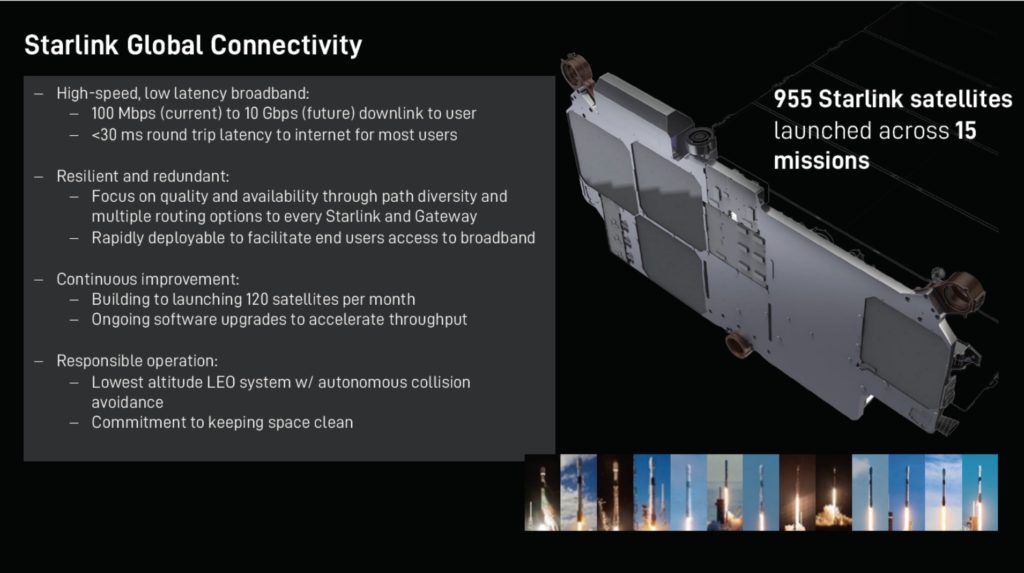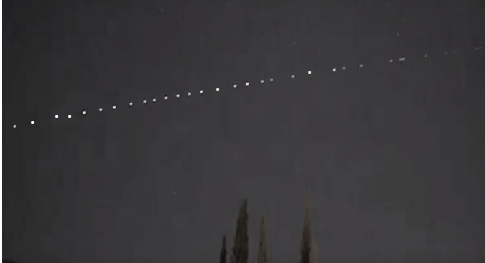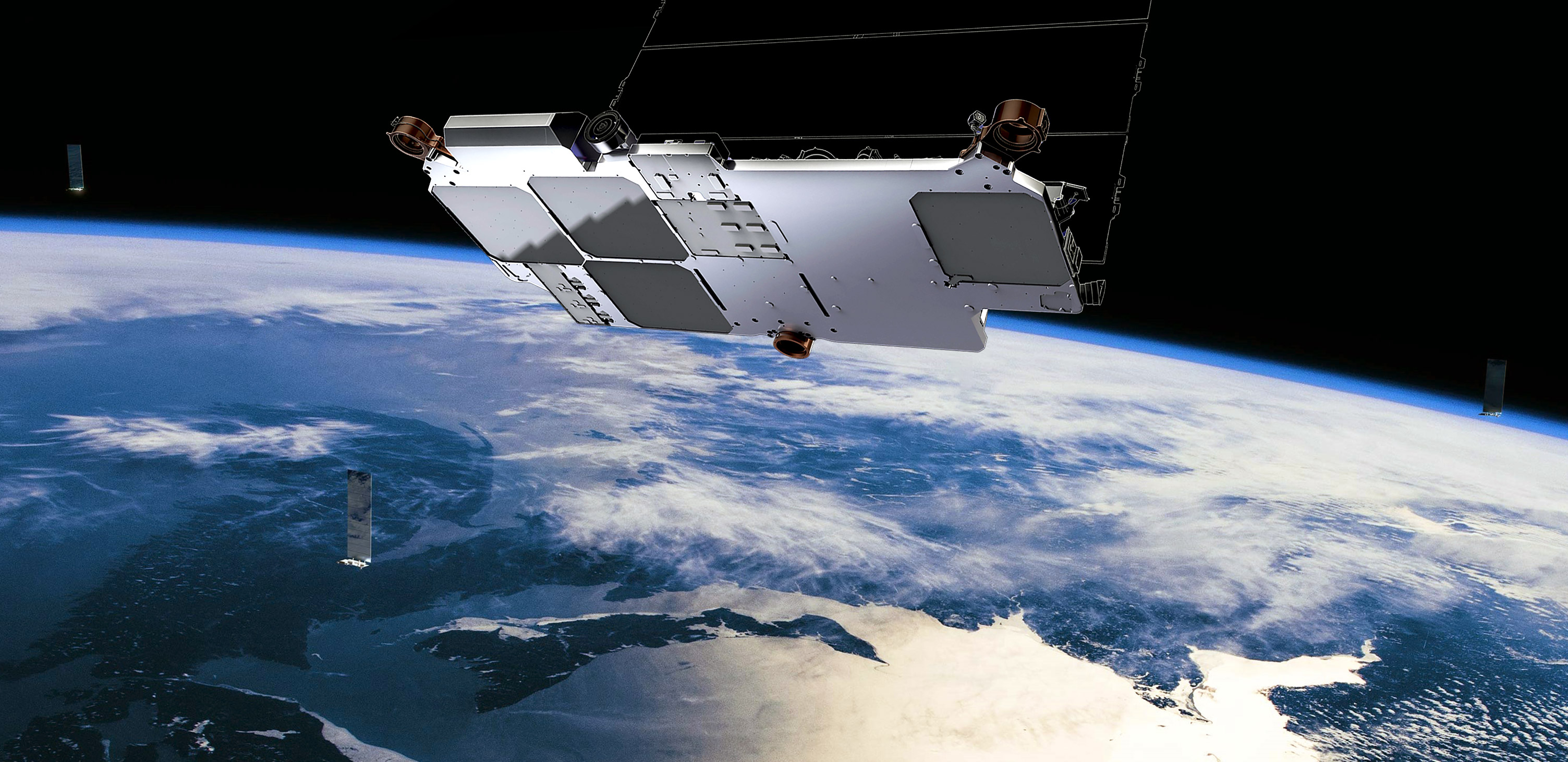To improve its internet service, Starlink is modernizing its constellation of satellites. 8,000 improved space lasers with 100 Gbps data transmission rates were launched by the business.
A preview of the upgraded V2 Mini satellites, which will increase the constellation’s speed, dependability, and range, was released by Starlink on September 26.
Starlink tweeted on X (formerly Twitter): “Our next generation Starlink optical space lasers (pew pew!) were launched to orbit on Monday.”
RELATED: 22 Starlink Satellites Were Successfully Launched By SpaceX
On September 25, SpaceX launched twenty-one Starlink V2 Mini satellites into Low Earth Orbit. By traveling through the terrestrial Starlink Gateway ground station, the space laser, also known as Optical Intersatellite Links, enables faster data transfers between units of satellites, facilitating communication in orbit. The use of laser links will enable satellites to communicate more quickly, lowering latency and boosting internet speeds for users.

“Starlink satellites are able to connect thousands of kilometers apart, beyond the view of ground stations, and maintain pointing accuracy to enable transfer up to 100 Gbps on each link,” the business wrote on X. “With more than 8,000 space lasers across the constellation,” “With the help of Starlink’s laser mesh network, we can service customers in the maritime and aviation industries as well as provide truly global coverage to even the most remote areas on Earth.”
RELATED: SpaceX Successfully Launches 22 More Starlink Satellites Into Orbit
With 4,827 satellites in its constellation, Starlink serves 2 million customers in 60 countries with high-speed internet.

With its constantly expanding constellation of satellites, Starlink has produced the biggest constellation to date, which is visible from Earth without the need for a telescope. Its network provides internet connectivity to isolated places that were previously without it. To increase the global reach of its services, SpaceX is launching new Starlink satellites virtually every week. Astronomers expressed worries about conserving the night sky, so Starlink developed new satellites to be less reflective.
Download The Radiant App To Start Watching!
Web: Watch Now
LGTV™: Download
ROKU™: Download
XBox™: Download
Samsung TV™: Download
Amazon Fire TV™: Download
Android TV™: Download

